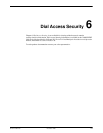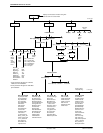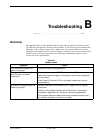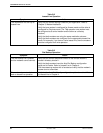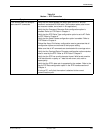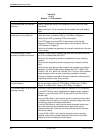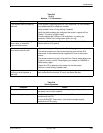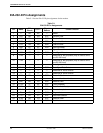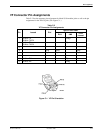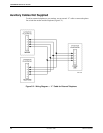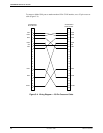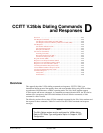
Troubleshooting
B-53910-A2-GN32-30 November 1996
Table B-5
(2 of 2)
Modem — VF Connection
Symptom Action
The modem dials but does not
connect.
If the modem is operating behind a PBX, determine if a 9 and comma
are needed before the telephone number.
Verify whether Tone or Pulse dialing is needed.
Verify that both modems are configured the same in regard to Error
Control. Try calling in Buffer mode.
If both modems use V.32bis or V.32 modulation, try setting the
modem’
s V
.32bis Train configuration option to Long.
Intermittent disconnects, high
error rates, or excessive
retransmissions occur.
Perform an End-to-End test. Refer to
Pattern
located in the
Test
Branch
section of Chapter 3.
The modem establishes and
then disconnects the call.
You may have a poor VF connection. Try dialing again.
The remote modem may have encountered an error control (EC)
disconnect. If the modems cannot negotiate EC, then a disconnect
occurs.
The remote modem may be in a forced Error Control mode (disconnect
if there is no error control). Reconfigure your modem to V.42/MNP or
Buffer and try again.
Check the LCD to determine the reason for the disconnect.
Perform a Local Analog Loopback test.
High error rates occur when
running a local loopback or
self-test.
Incoming rings can cause data errors during a loopback test. Abort the
test, disconnect the modular VF cord, and restart the test.
Table B-6
Online Operation
Symptom
Action
The data is scrambled. Verify that the character format (data bits, parity, and stop bits) is set to
the same value in both modems.
Data is missing during a transfer. Verify that you are using the same method of flow control for both the
modem and the DTE.
If using XON/XOFF flow control, verify that the modem’s parity
matches the DTE’s parity.



